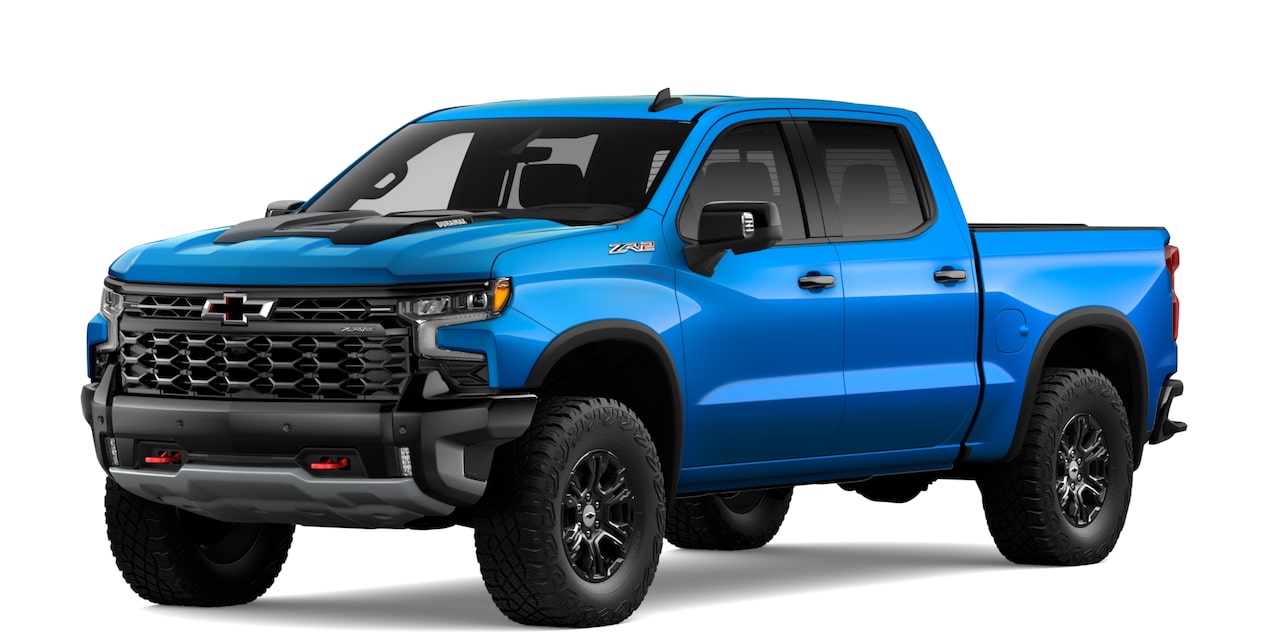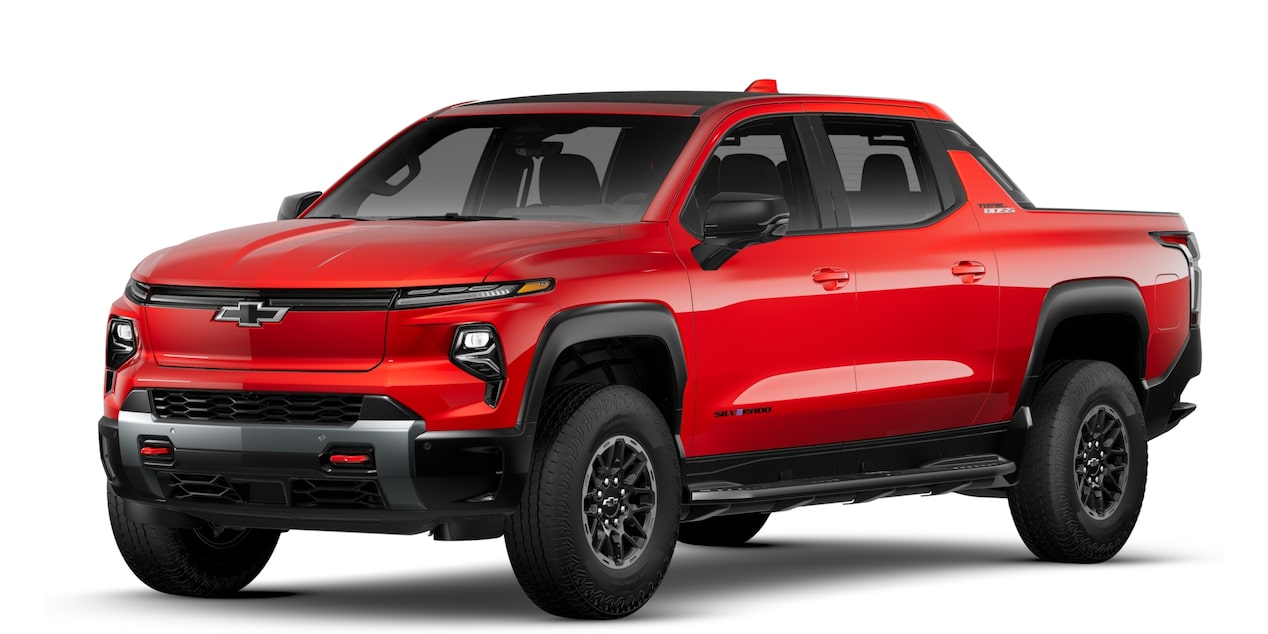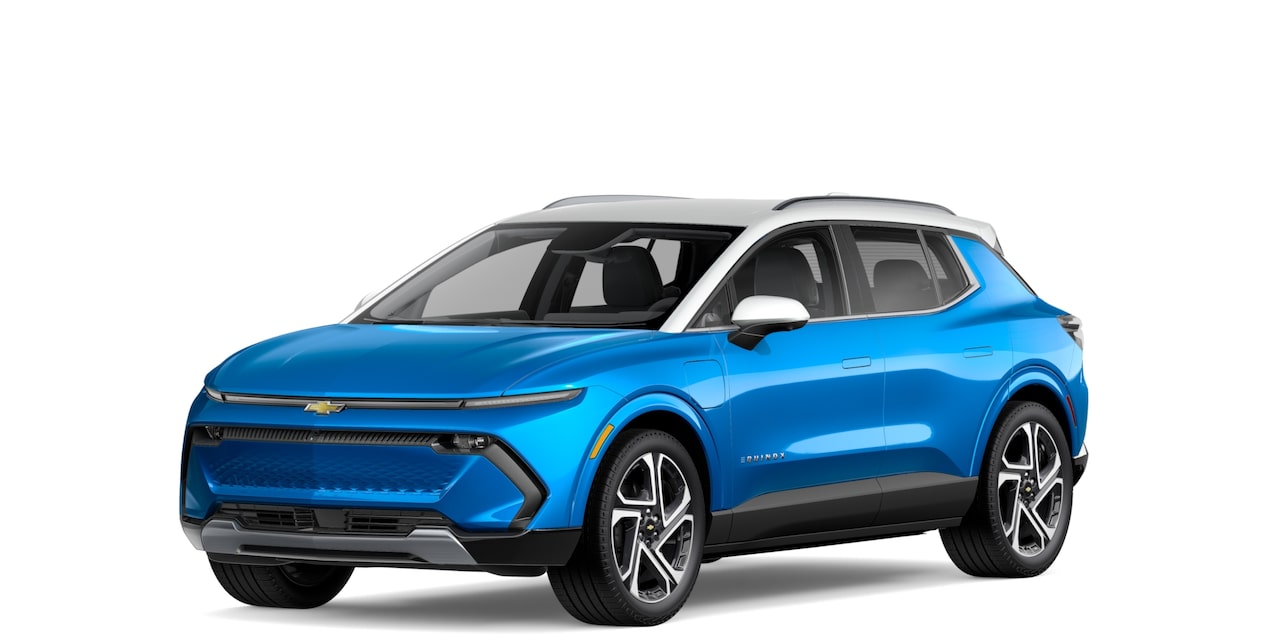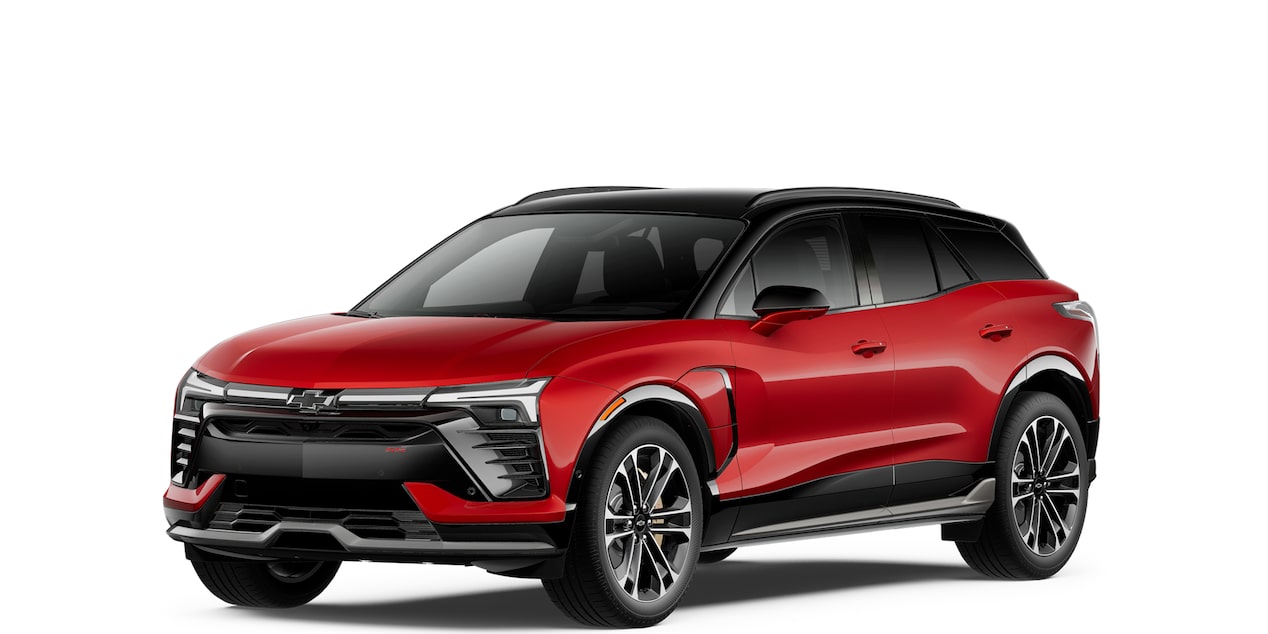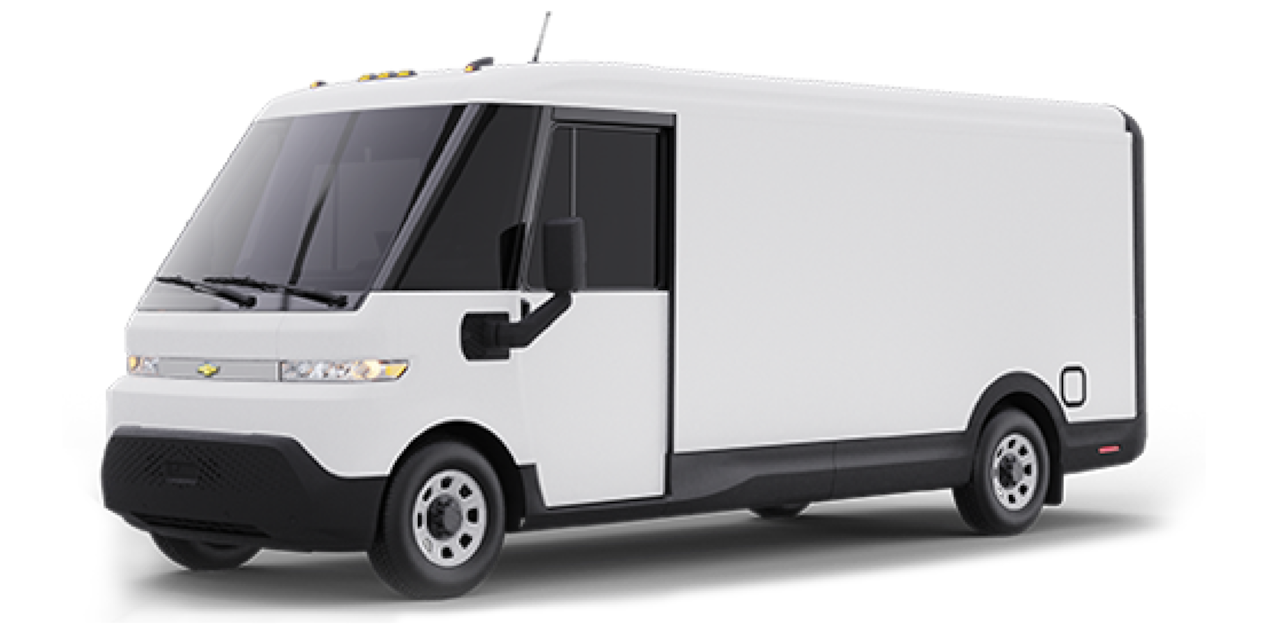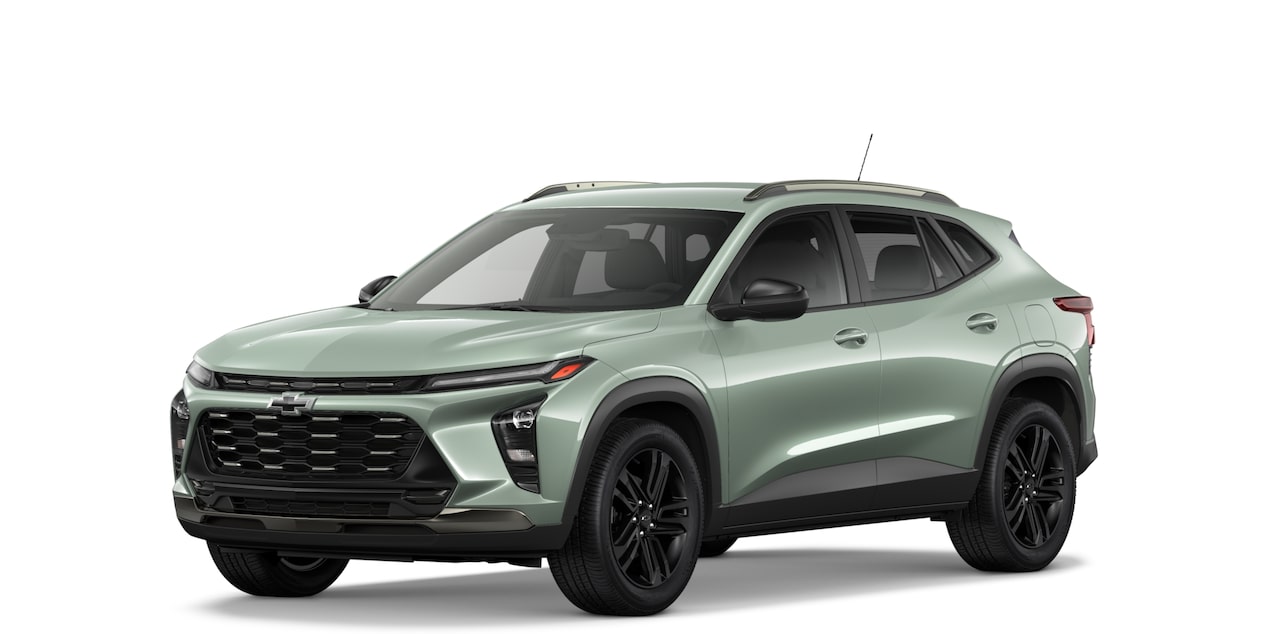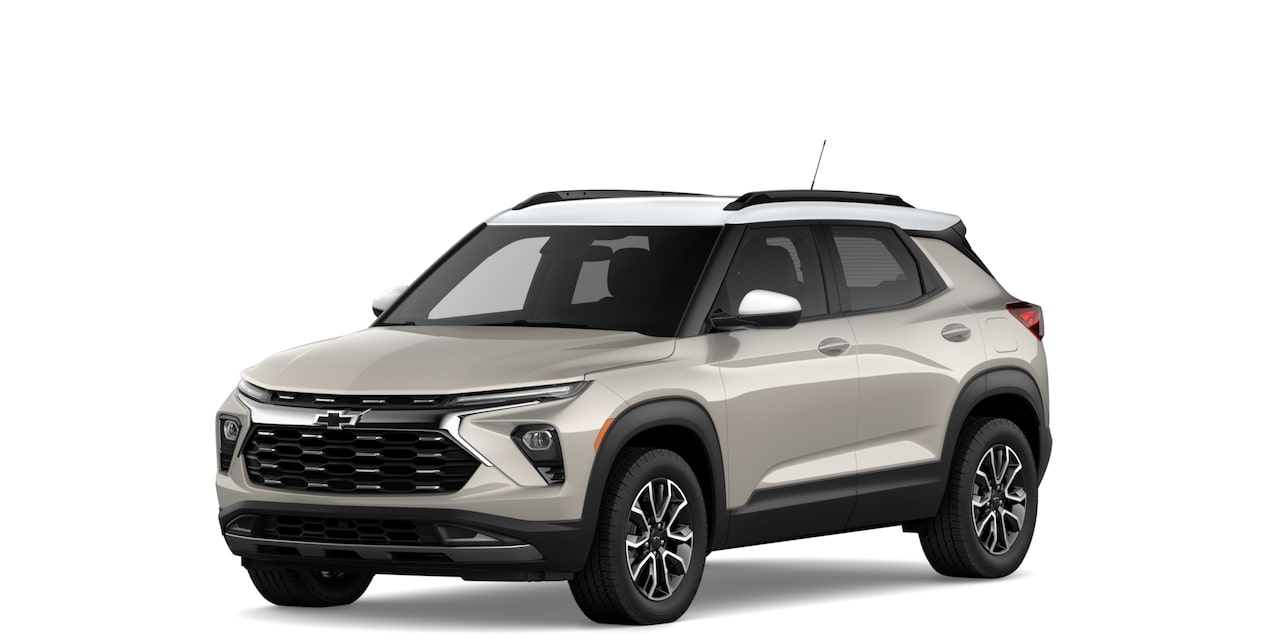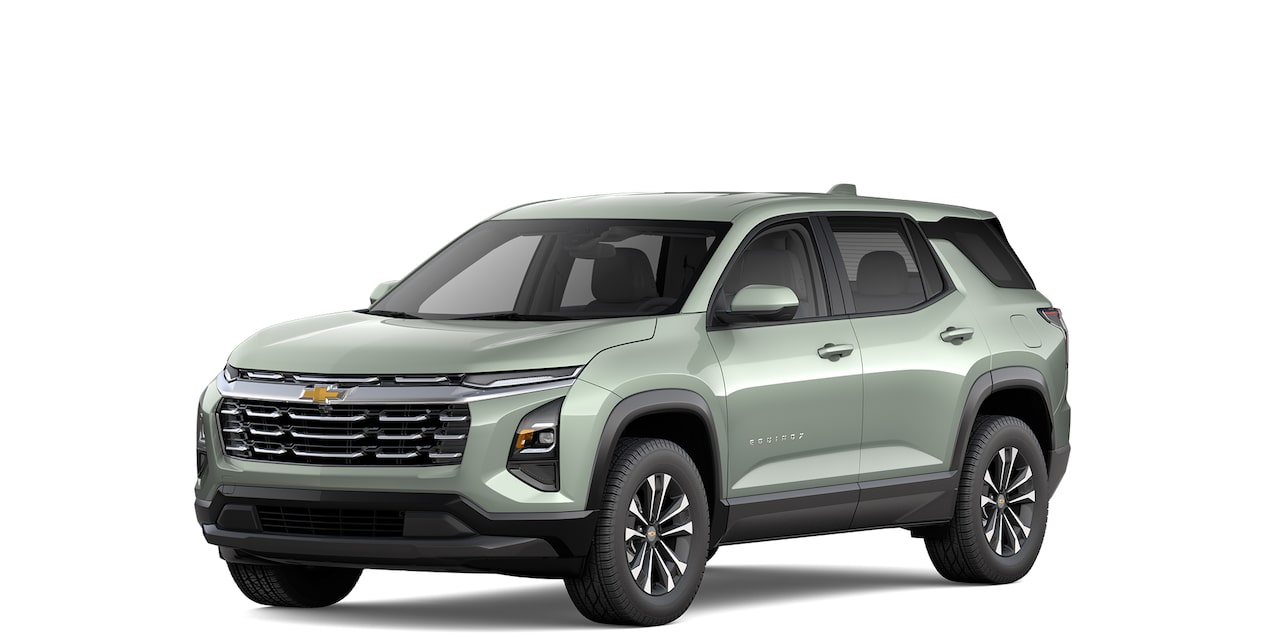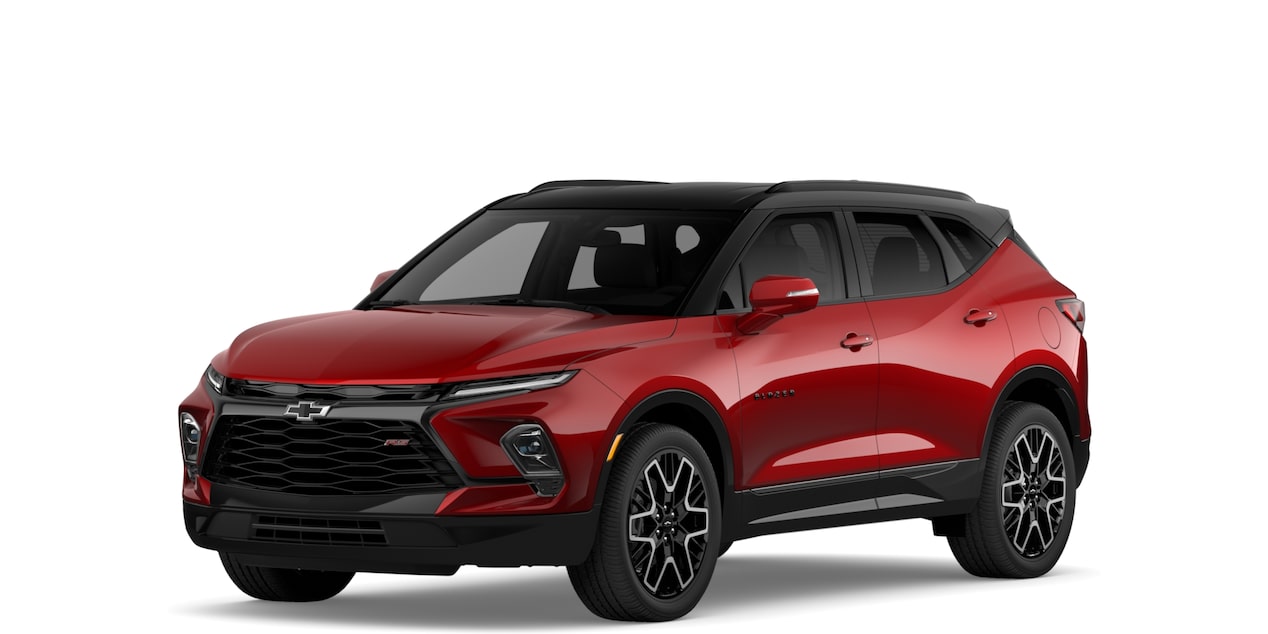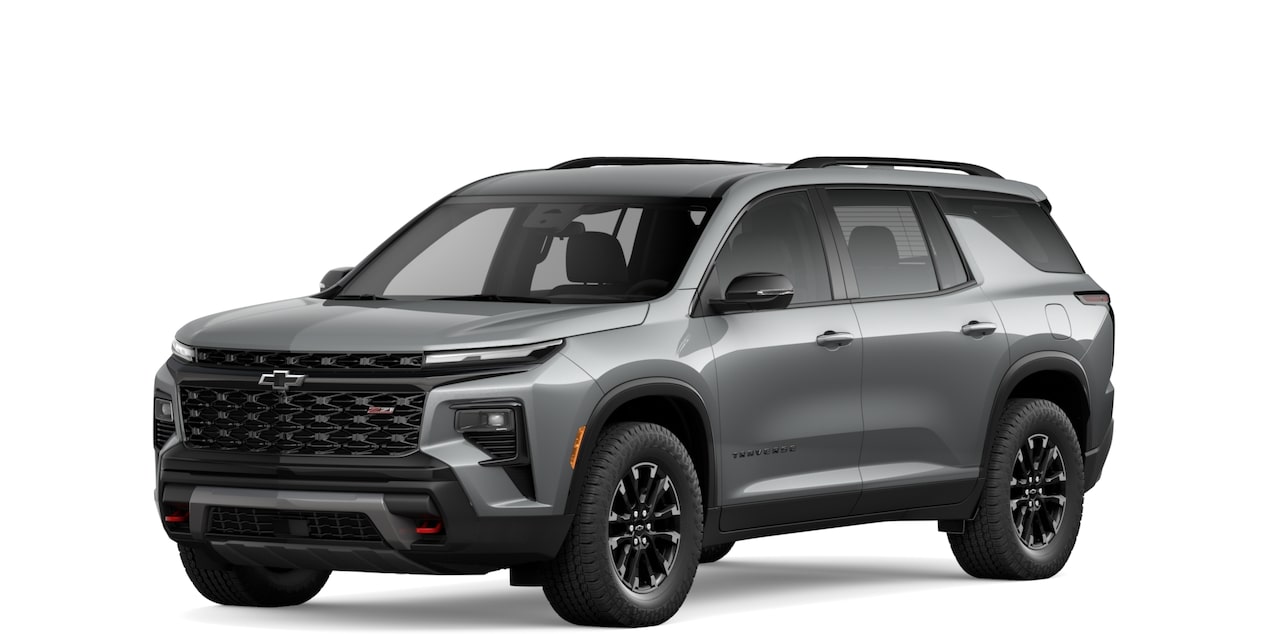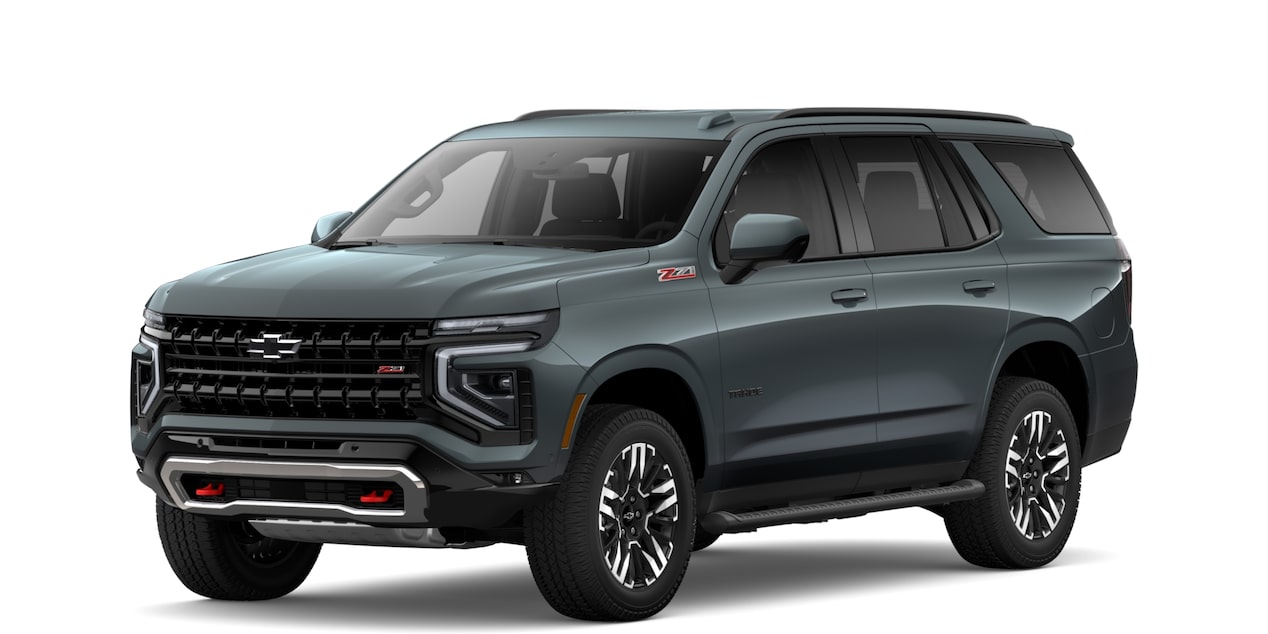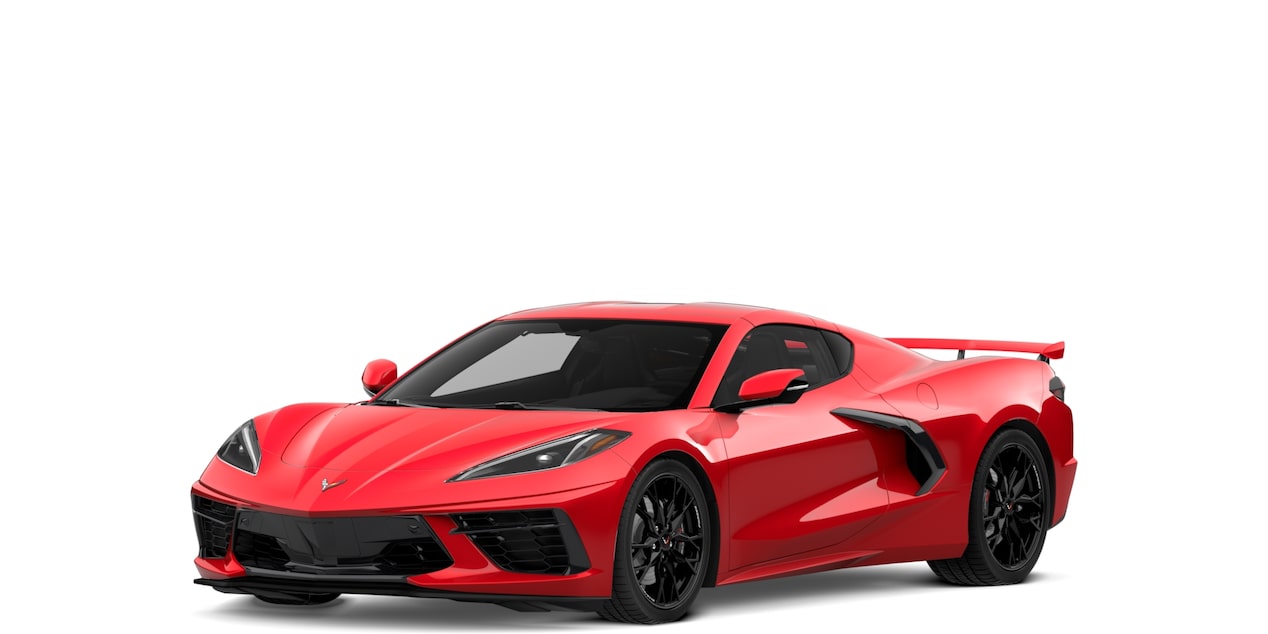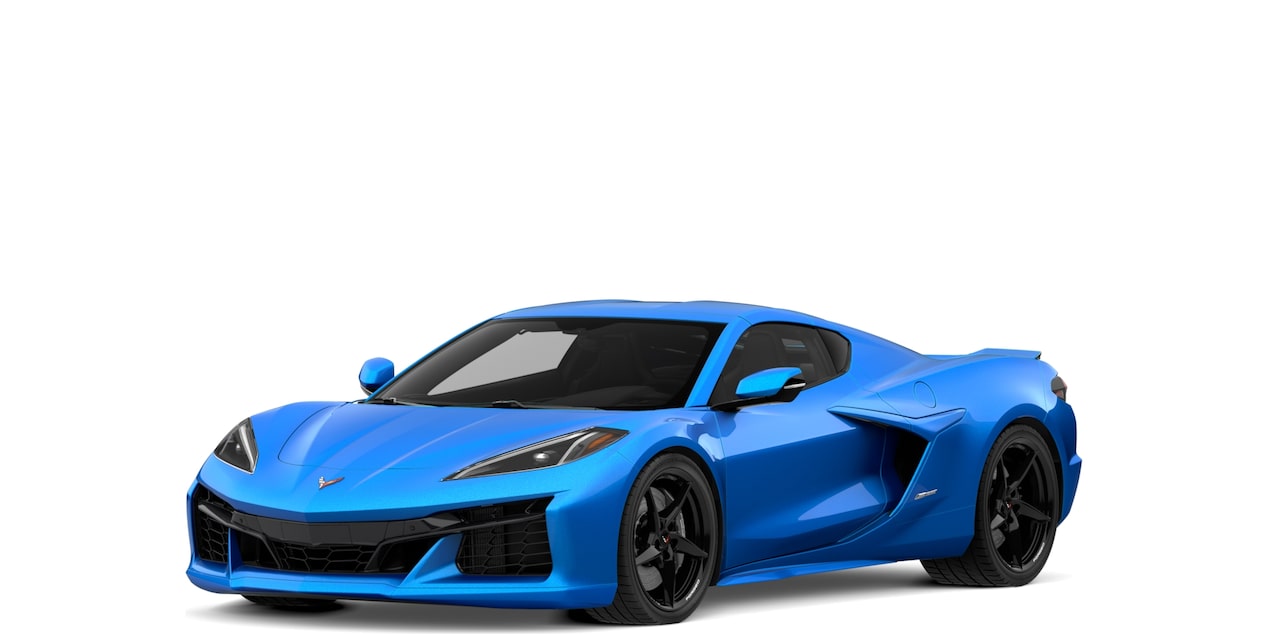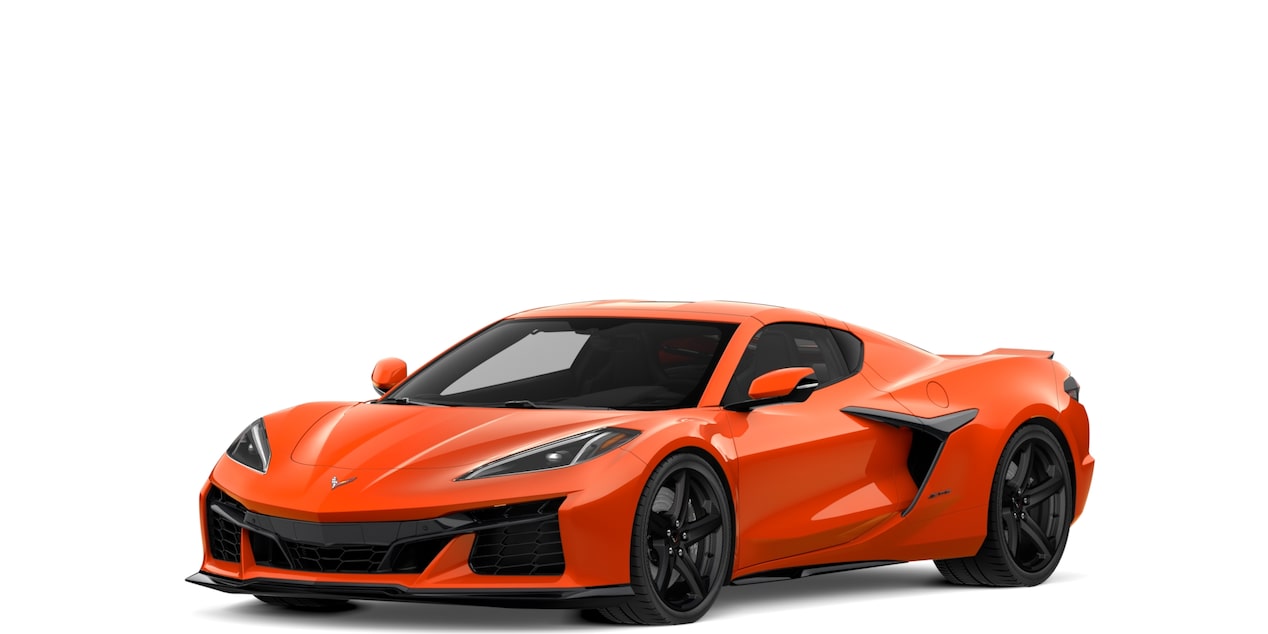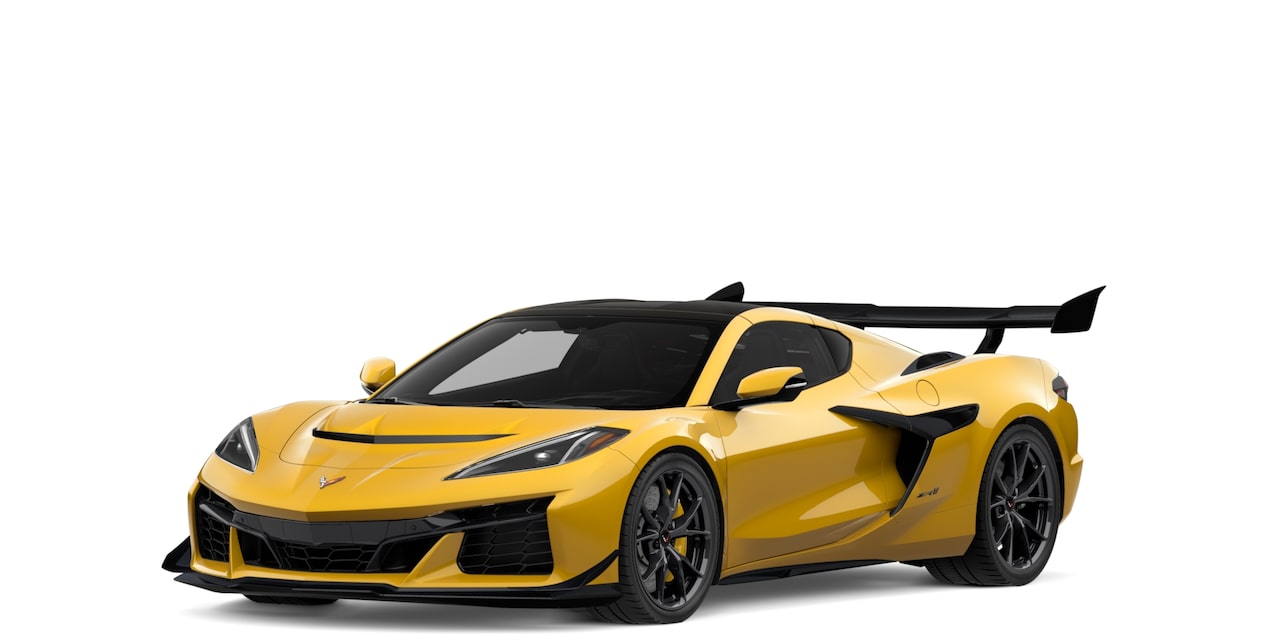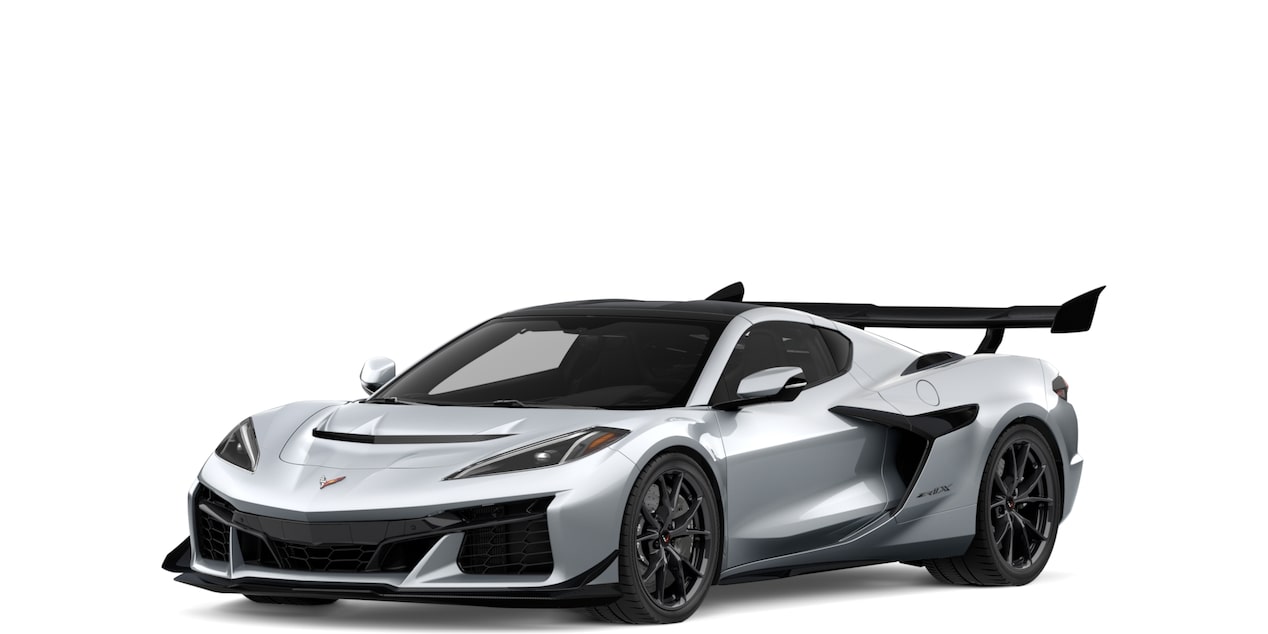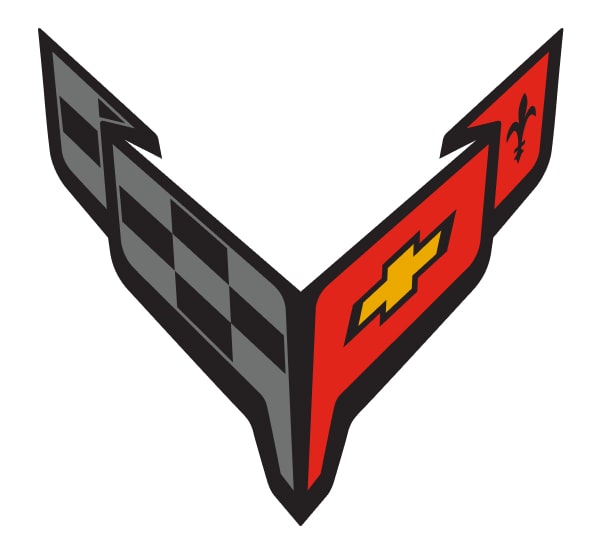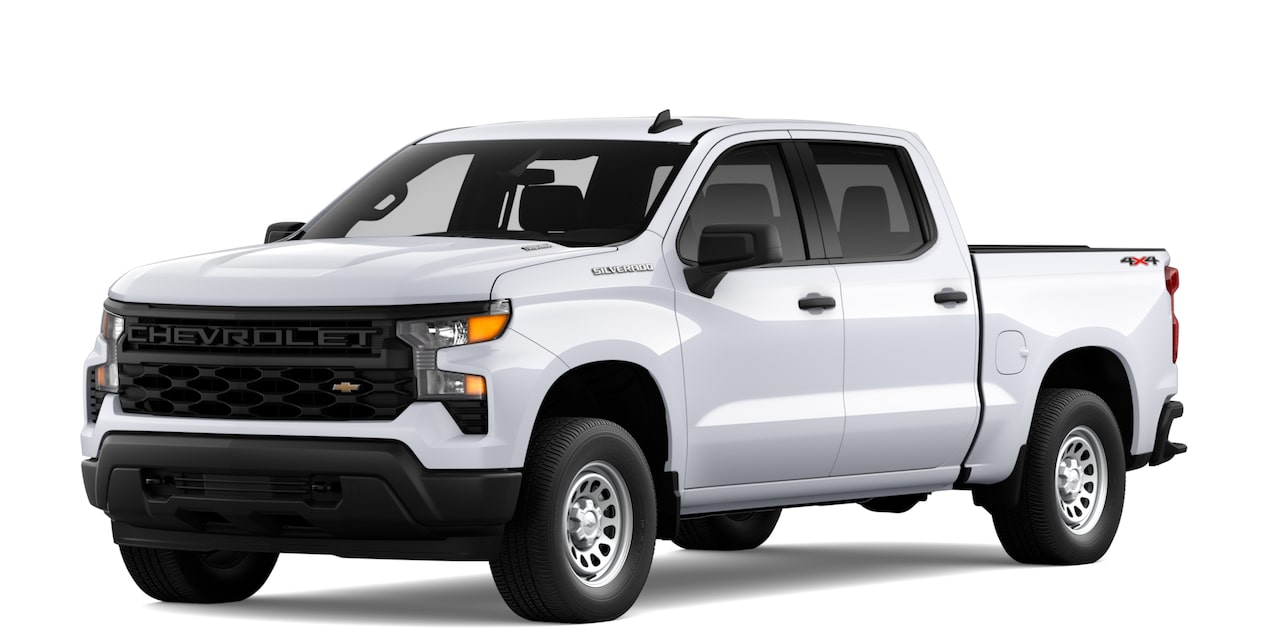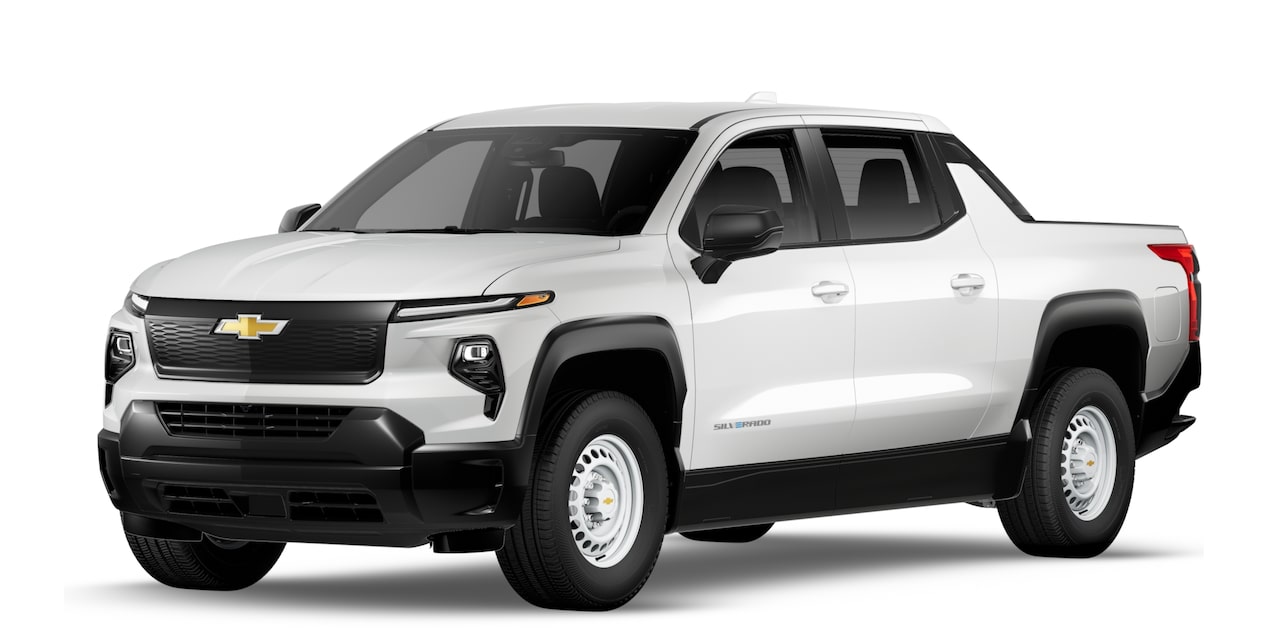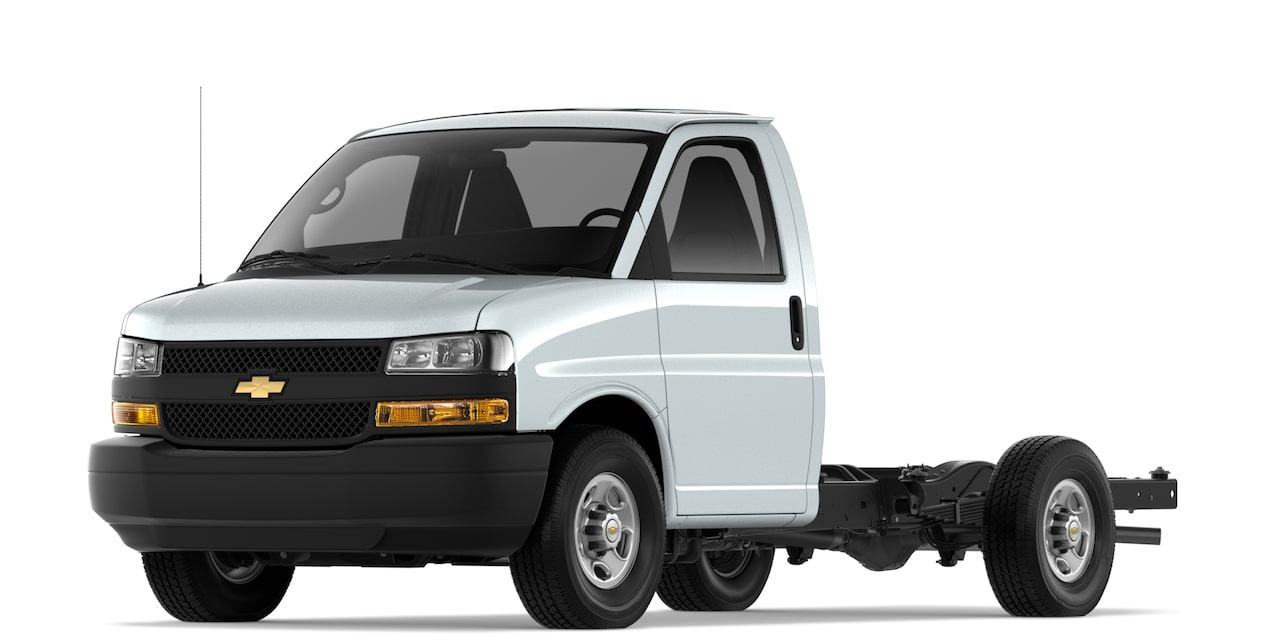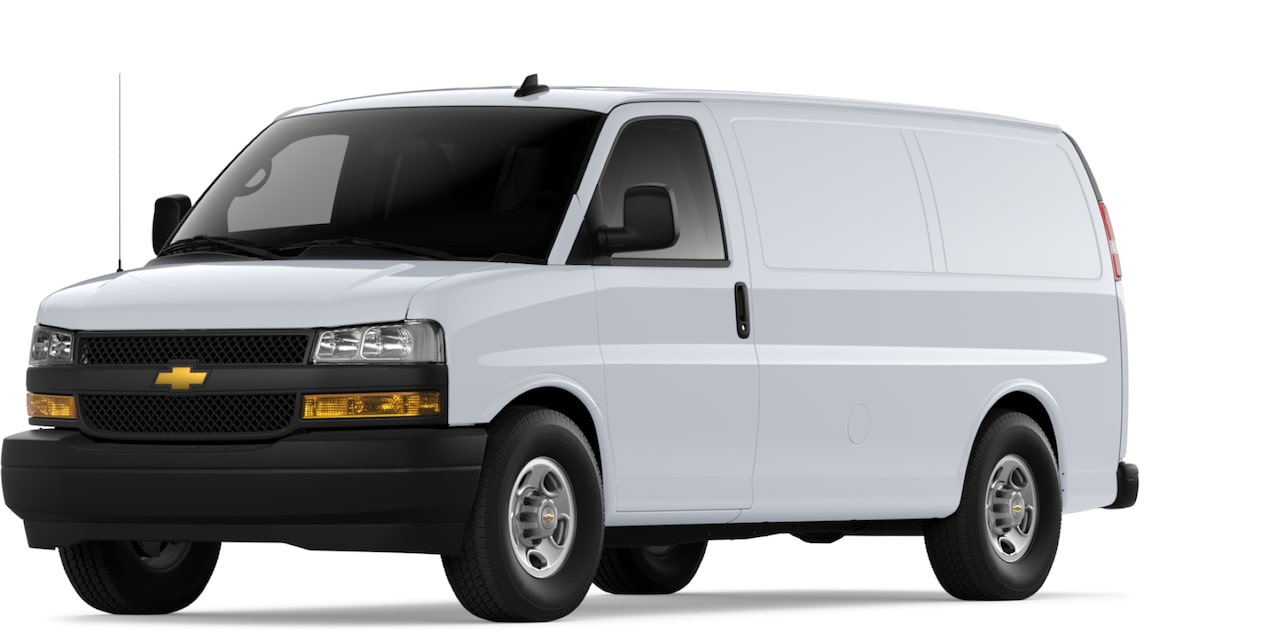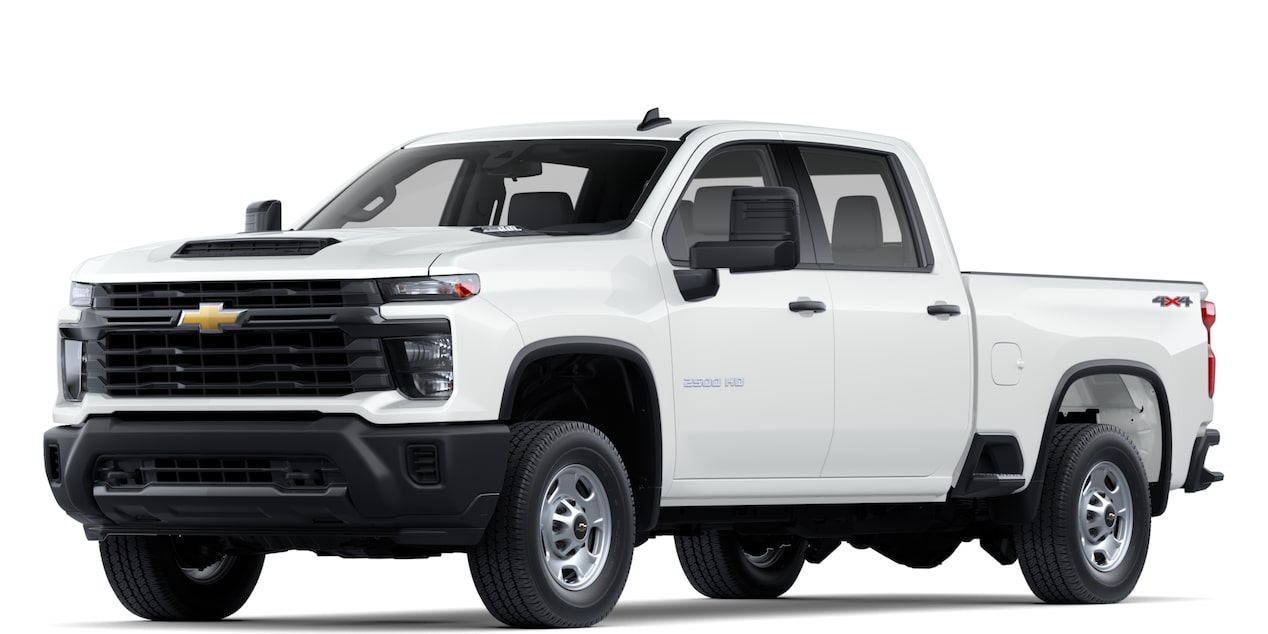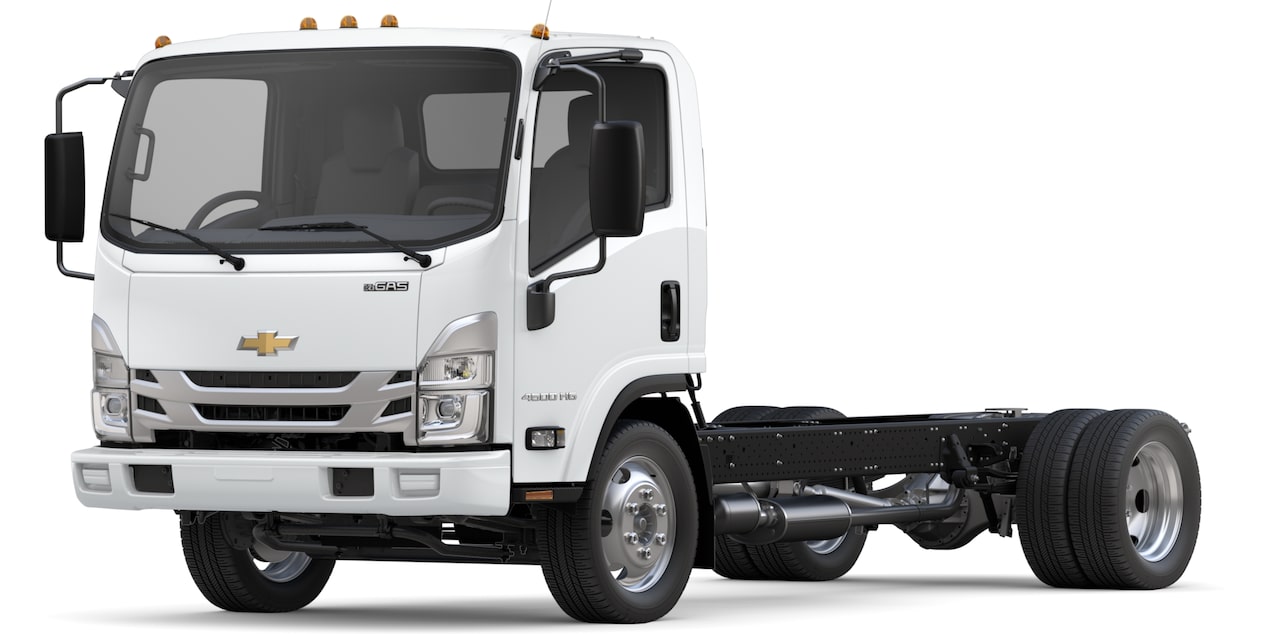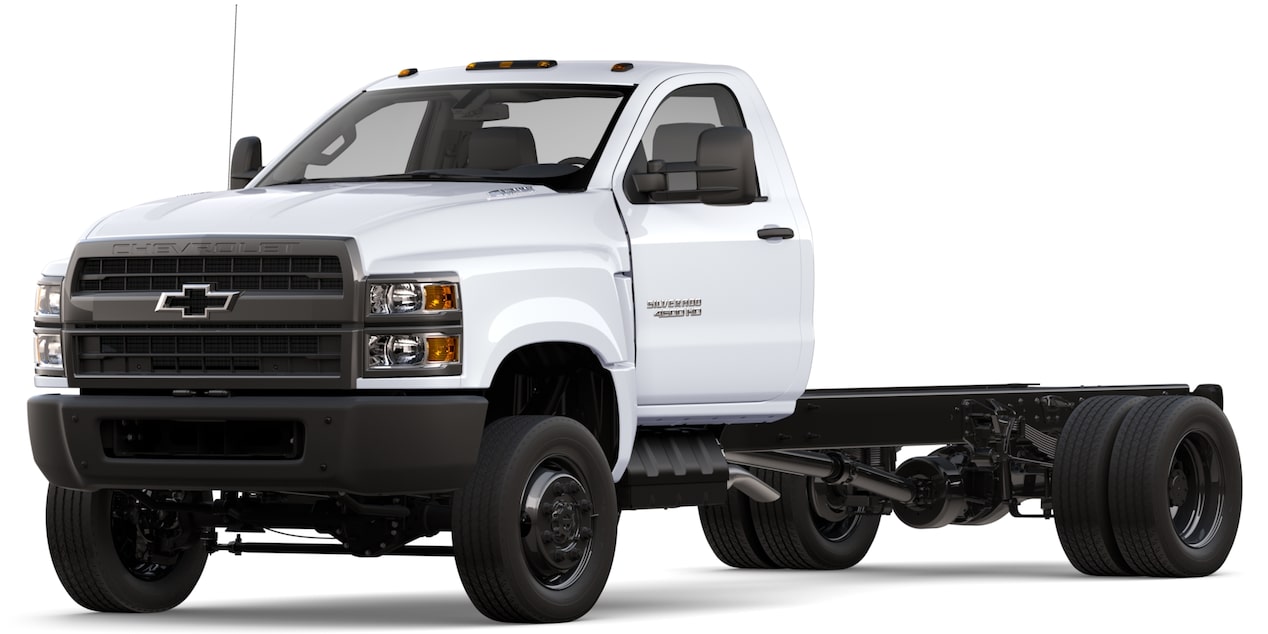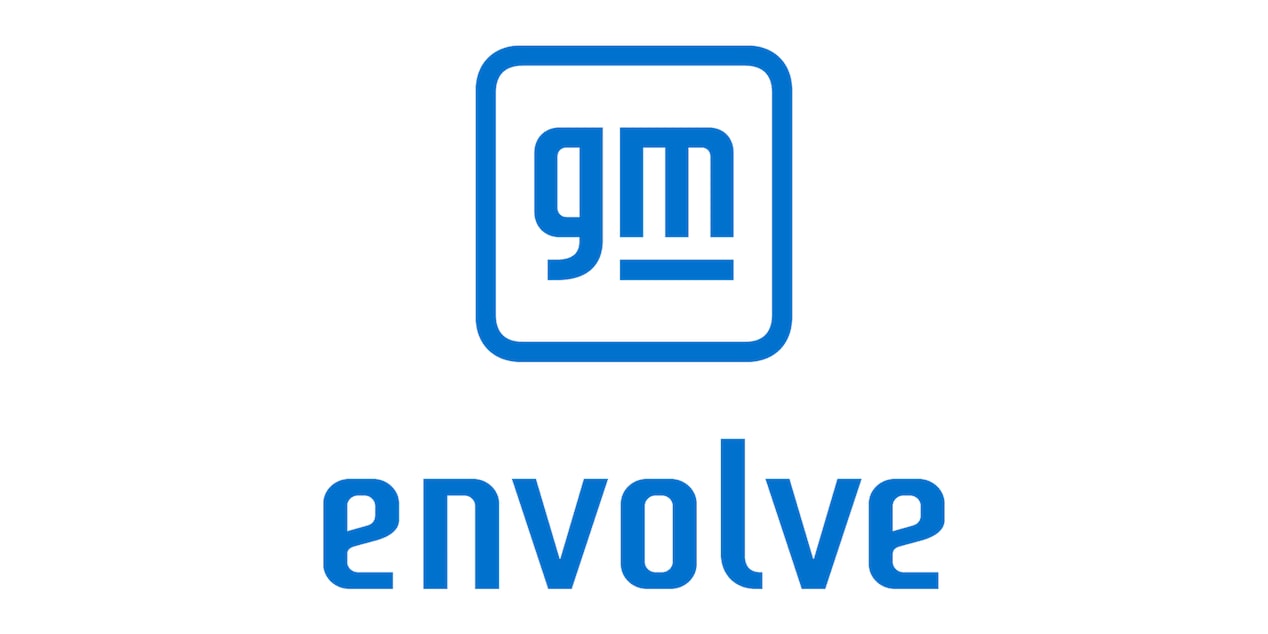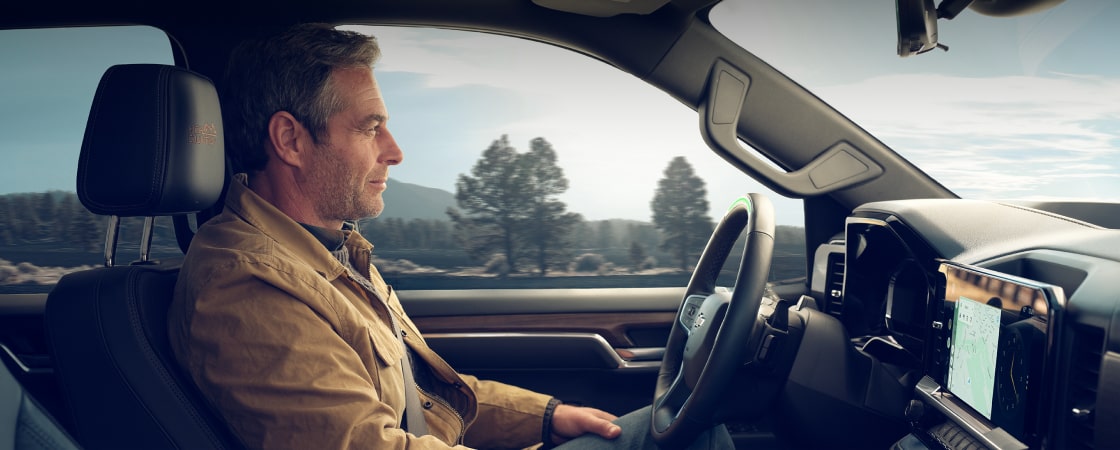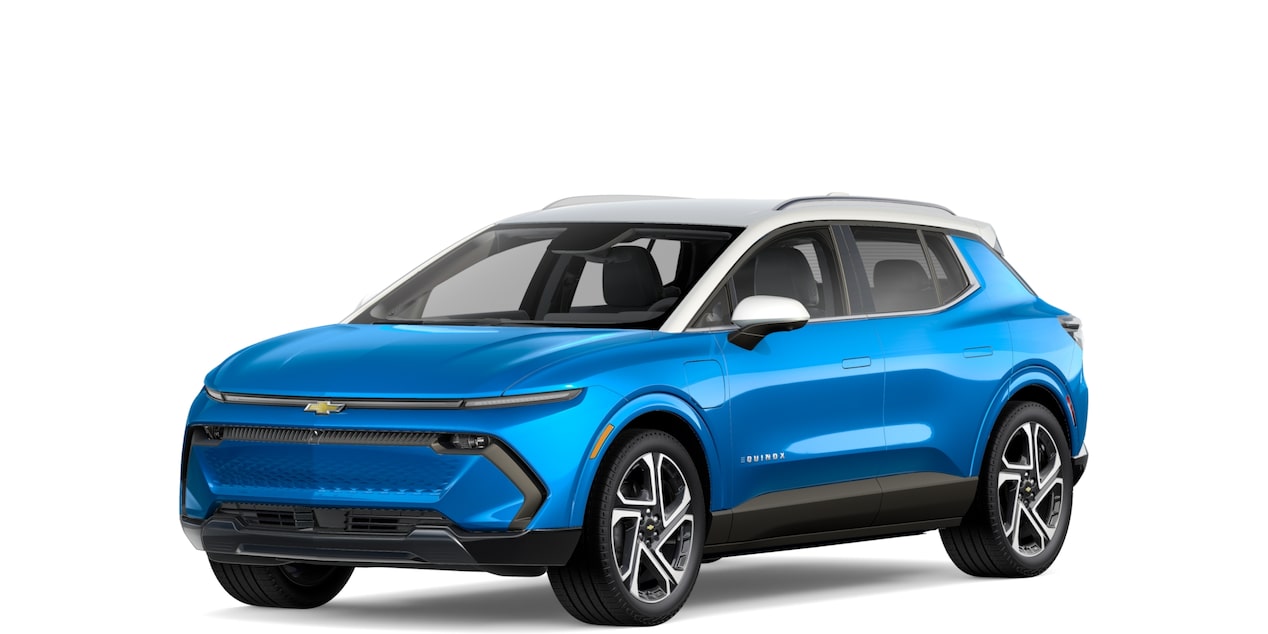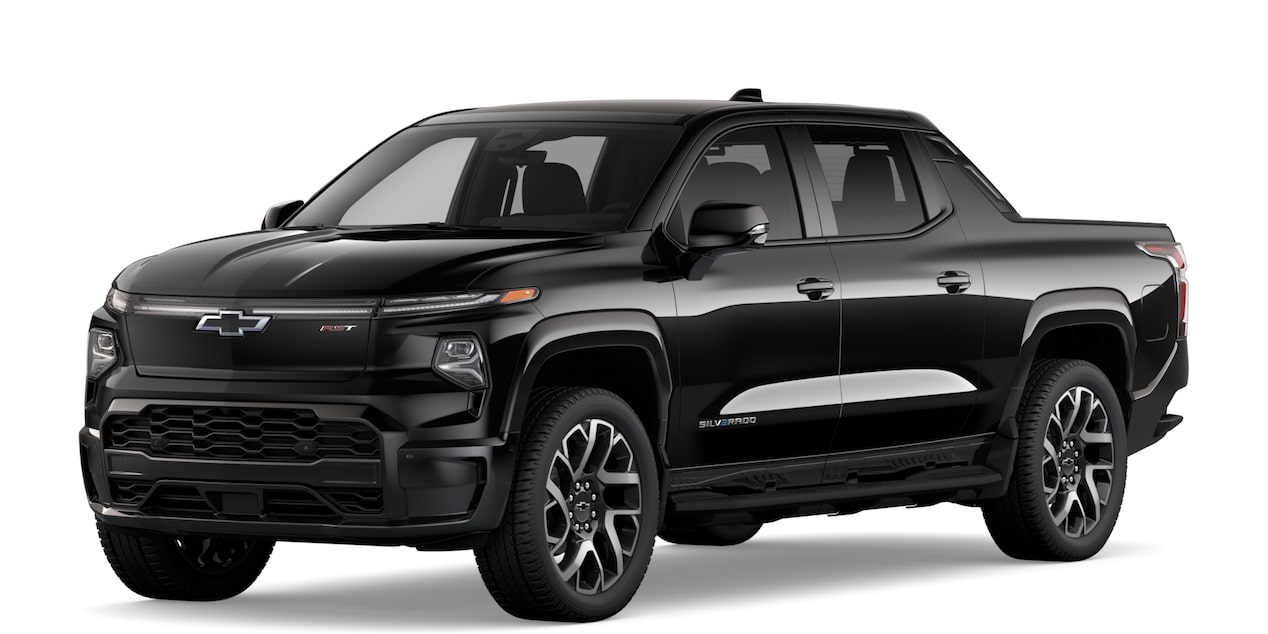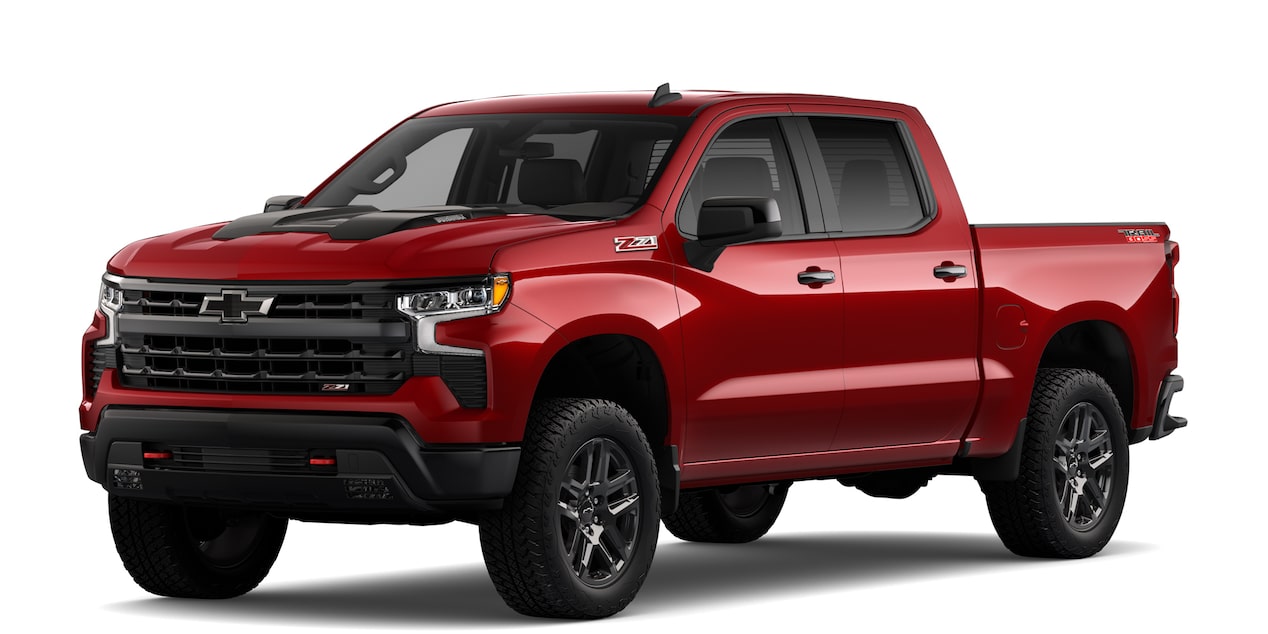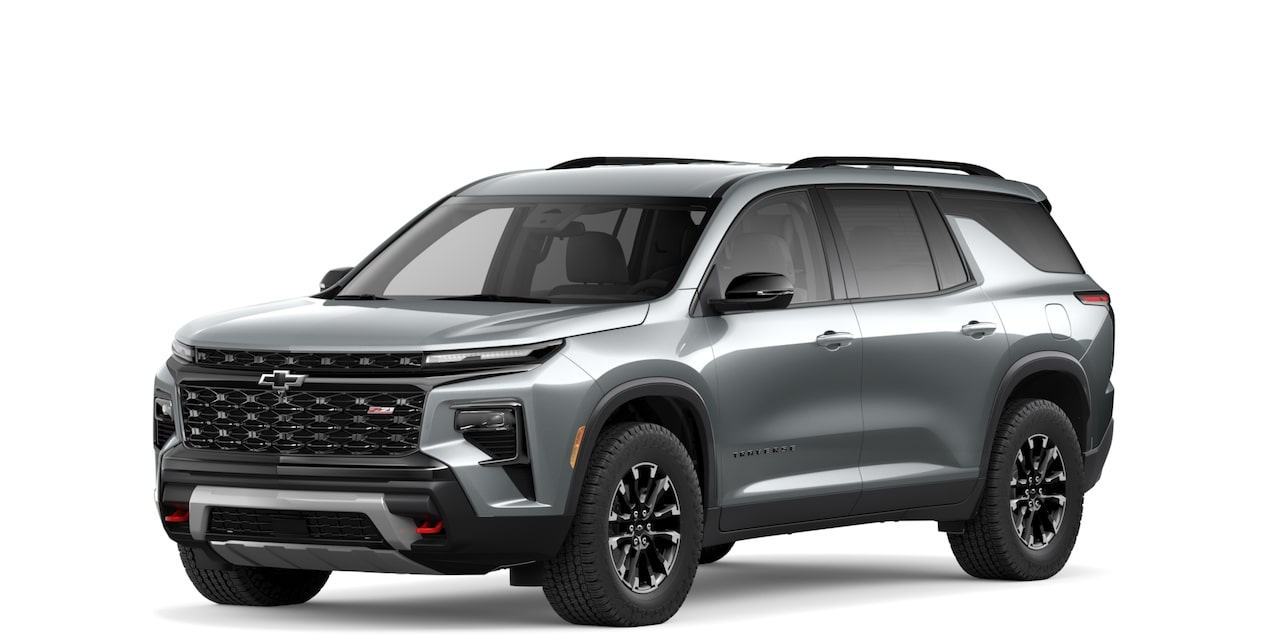The hands-free future
Super
Late availability on selects vehicles. Always pay attention while driving and when using Super Cruise. Do not use a hand-held device. Always use Super Cruise in accordance with local laws. Requires active Super Cruise plan or trial. Terms apply.

With an attentive driver, and under the proper conditions, Super Cruise can permit hands-free operation of the vehicle. The technology functions with
Let go and enjoy one of the largest hands-free driving networks in North America.
On average, Super Cruise users drive more than 10 million hands-free miles per month total.
Turn Signal Activated Lane
By simply activating the turn signal on select Chevy vehicles, Turn Signal Activated Lane Change will look for an opening in the desired lane and change lanes without any further input from the driver.
Automatic Lane
When a slower vehicle is detected ahead, properly equipped vehicles can automatically initiate the turn signal, change lanes, pass the slower traffic, signal again and return to their original lane without the driver ever touching the controls.
OnStar® Emergency Service &
An OnStar Emergency-Certified
Adaptive Cruise
This feature works with Super Cruise to automatically detect vehicles traveling in the same direction in its path. It controls acceleration and braking to maintain a driver-selected following gap, even in stop-and-go traffic.
Super Cruise® with
When your properly equipped vehicle’s trailering system is activated, it will allow Super Cruise to recognize your compatible trailer and automatically lengthen the gap to the next vehicle ahead in traffic — giving you extra stopping distance if needed. No other competitor offers a hands-free driving system with towing
Note: Trailering cannot be used in conjunction with Automatic Lane Change or Turn Signal Activated Lane Change.
Lane Centering
Super Cruise vehicles are equipped with a series of cameras and sensors that identify lane markings to keep you centered in your lane while driving hands-free.
Super Cruise vs. the competition
See how Super Cruise hands-free driving technology compares to Ford BlueCruise, Rivian Driver+ and Tesla AutoPilot.
Comparison of active safety/driver assistance feature availability does not include the relative effectiveness nor functionality of the compared features. Each manufacturer designs and develops features that may or may not perform equivalently due to differences in sensors used, data interpretation and other vehicle mechanizations. Feature comparisons based on data from competitors’ websites and Owner’s Manuals.
Compatible road map
For your next trip, use the map below to search for Super Cruise compatible U.S. roads.
301,653,122
MILES AND COUNTING
With over 300 million miles of hands-free driving in our rearview mirror, Super Cruise is leading the charge into the future of how we drive.
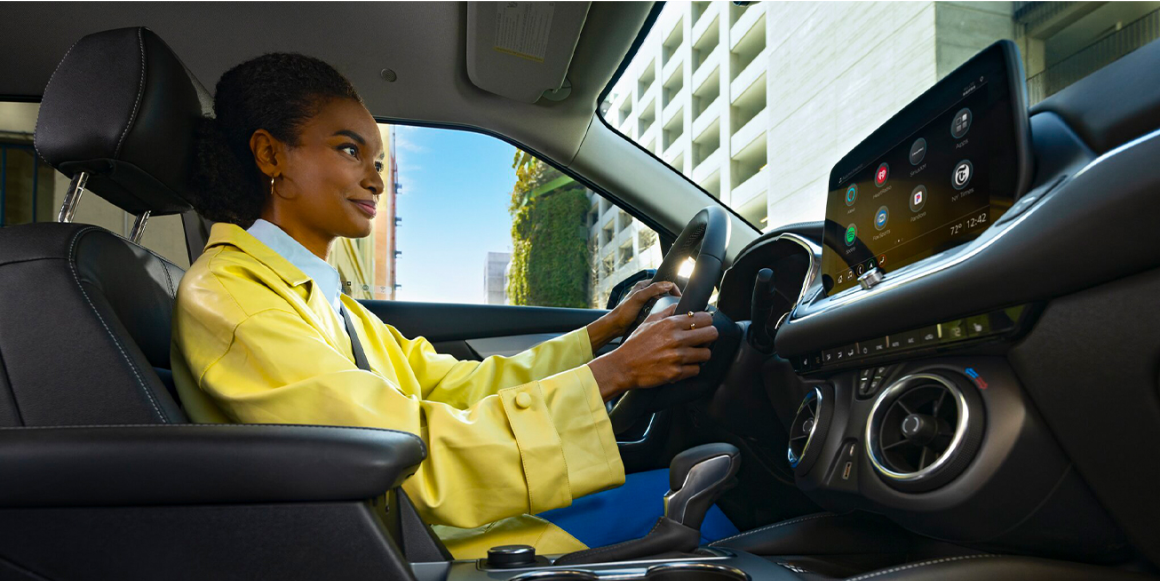
OnStar® service plan
Super Cruise functions with an
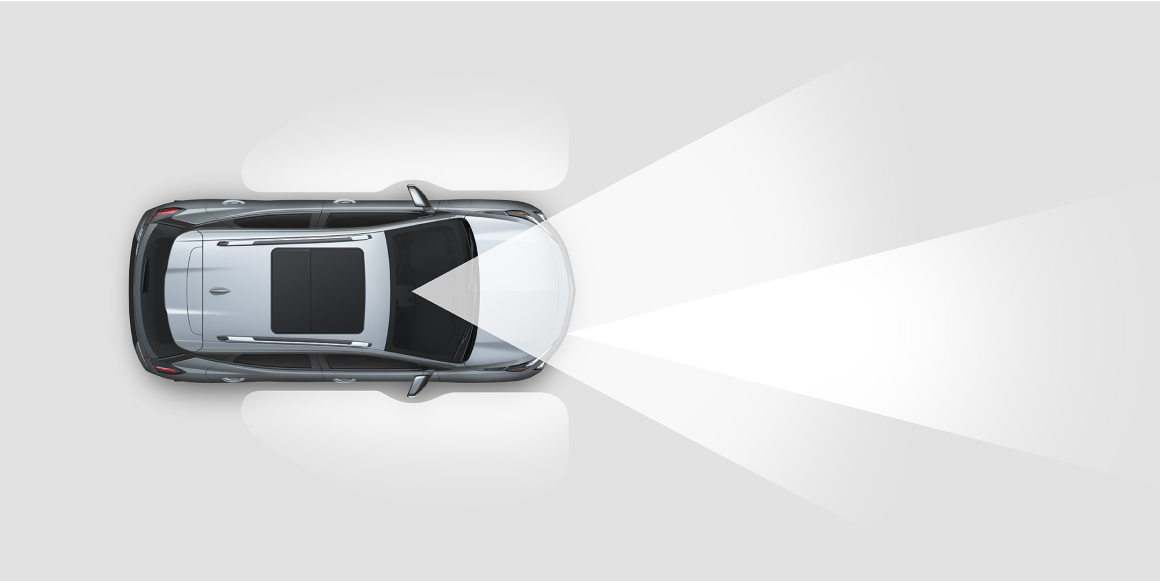
Active features
In order to control acceleration and braking and maintain a driver-selected following gap time with Super Cruise, both Adaptive Cruise
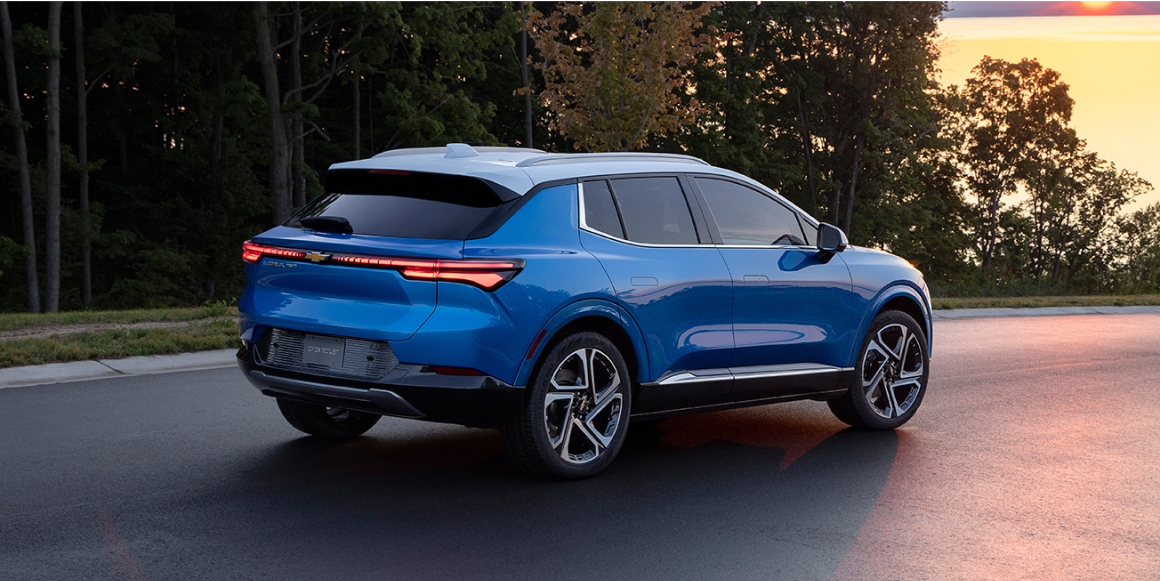
Driving considerations
Proper conditions and an attentive driver are required in order to activate and use Super Cruise. Make sure you’re on a compatible road with clearly visible lane markings and that your camera and radar sensors aren’t covered, and ensure your eyes are on the road so the Driver Attention System detects you’re paying attention.
How to use Super Cruise
As easy as 1, 2, 3 — enable Super Cruise hands-free driver technology in three simple steps. While enabled, Super Cruise works with Adaptive Cruise
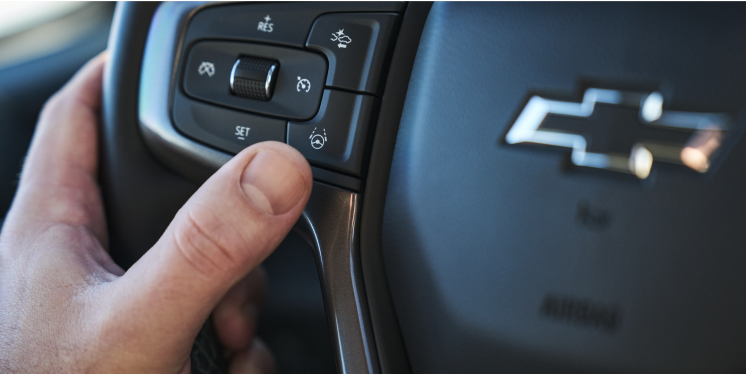
Step 1: Turn on
Activate Super Cruise when the white Super Cruise icon appears on the instrument cluster.
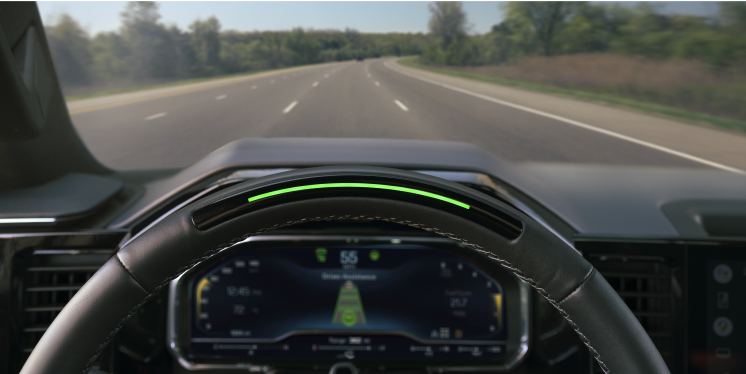
Step 2: Lights on
When the Super Cruise icon and steering wheel indicator turn green, you’re ready to go hands-free.

Step 3: Hands off
Let go and enjoy the largest hands-free driving network in North America.


